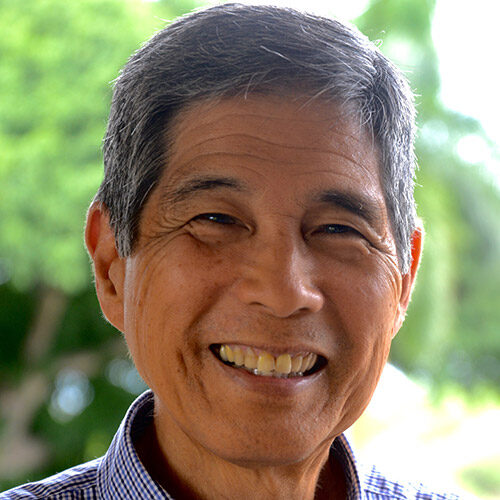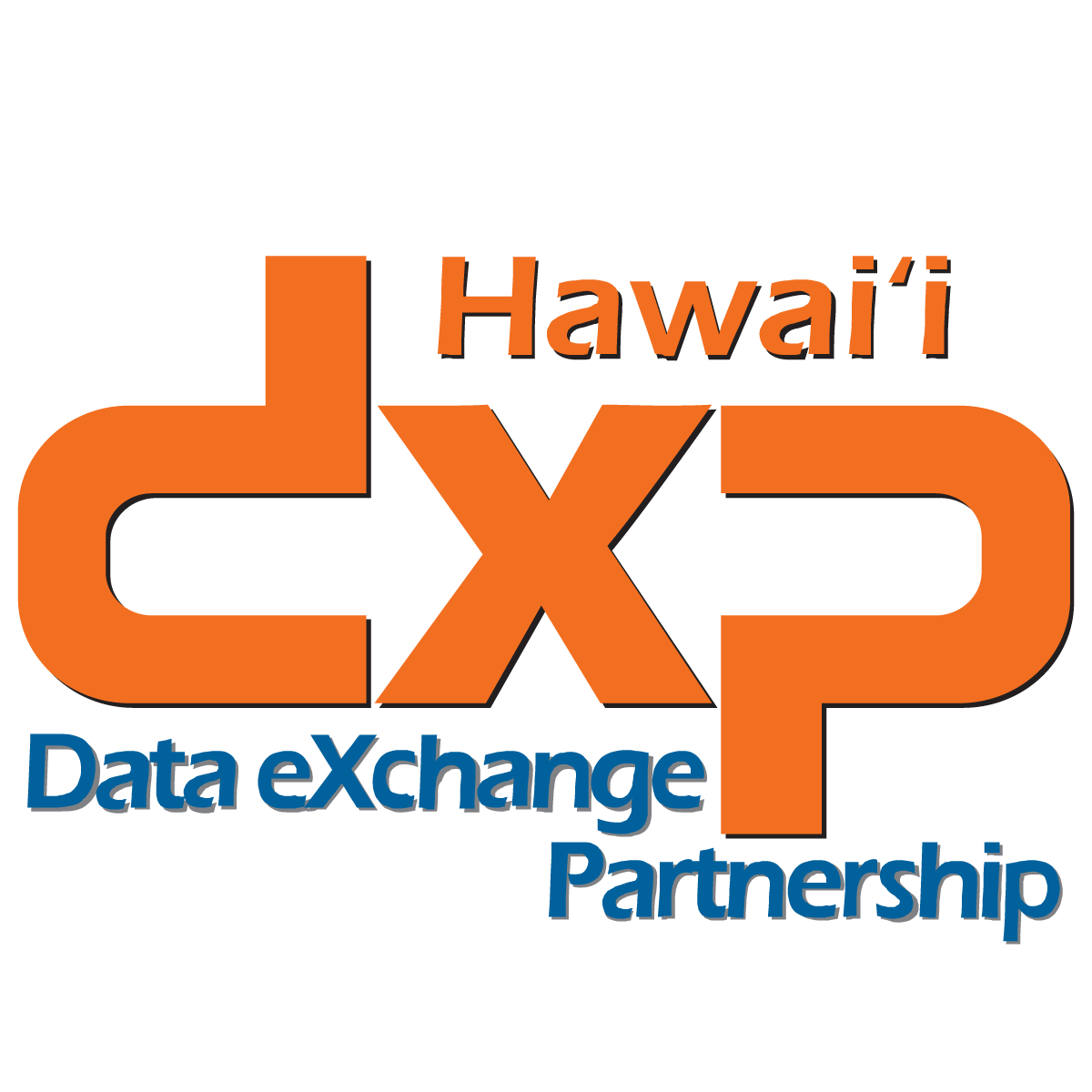Data in Action
How DXP Data is Supporting Student and Workforce Outcomes
Data and information from the Hawai‘i Data eXchange Partnership (DXP) have been used to improve both educational and workforce outcomes used across the state. See how reports and projects we have worked on have been used to impact positive change.
-

Tracking Hawaiʻi Public High School Students’ Readiness for College
Since 2009, the annual College and Career Readiness Indicators (CCRI) Report has shown how academically prepared public-school graduates are when leaving high school and how well they transition to postsecondary institutions, particularly to UH.
- CCRI math remediation data revealed a misalignment between student skills at the end of high school and expectations for entry to college prompting discussions between Department of Education (DOE) and University of Hawai‘i math staff on how to address this issue. These discussions led to a pilot placement policy at UH and a 12th grade pilot transition course, to help students avoid math remediation class that would slow down their college journey, costing students both time and money.
- The CCRI has also sparked discussions within school districts to more closely examine what opportunities they could create for students throughout their time with DOE. Data was used to assess student outcomes from dual credit courses and plan strategies to expand access to dual credit for student groups that were underrepresented in the classes.
- At the other end of the K-12 pipeline, schools requested additional data and noticed that even earlier indicates such as 3rd grade reading can impact who goes to college, spurring work to align students’ transitions through K-12 to entry into college.
-

Highlighting Hawaiʻi’s English Language Learners
The Hawai‘i English Learners (EL) Data Story was created to help DOE educators examine the breadth of K-12 ELs in terms of languages they speak and where they are located. It also looks at their outcomes at high school and college. Updated annually, the data story includes space for the DOE EL state resource specialists to share key EL best practices and other resources that improve the state’s understanding of what interventions and supports help to improve student outcomes.
- Building on the information from the data story, some schools and districts dug deeper into their own data to identify opportunities to better support their EL students.
- Waipahu High School partnered with UH – West O‘ahu and Leeward Community College to create an Early College Explorers program, a 10-credit sequence of courses specifically targeting Chuukese, Marshallese, Tongan, and Samoan students. The goal of the course is to build students’ confidence, give them some college-level experiences, and get them thinking about graduation and beyond.
10% of students statewide are active ELs. In SY19-20, complexes with highest rates of ELs include:
-

Collaborating with Researchers on Educational Issues
In addition to creating data products, the DXP also works with data requestors and data owners to produce cleansed datasets to support research that investigates possible causes/solutions for educational concerns. By helping to improve access to data linked across sectors, the DXP provides critical datasets that researchers can use to highlight persistent, longitudinal issues and what may impact them.
- With data provided from the DXP, along with additional non-student data, the Department of Economics at the University of Hawai‘i at Mānoa estimated that vog can impact student test scores with the largest impact on economically disadvantaged students.
-

Understanding Workforce Outcomes for HINET Participants
“The UH Community Colleges in partnership with DHS created the HINET (Hawai‘i Nutrition Employment and Training) program to increase access to college for Hawai‘i’s low income SNAP (formerly food stamps) benefits recipients. HINET supports SNAP recipients and college students with food, transportation, childcare, and education supports while they pursue a path towards self-sufficiency. HINET has been recognized as innovative and transformational by both federal and state agencies and has received national praise as a model intervention. Hawai‘i P-20 has been a strong partner in collaborating with us to fulfill our federal compliance reporting and other data needs. Data from the SLDS provides essential information to understand HINET’s impact on the workforce outcomes of our students, and was instrumental in garnering legislative support for seven new staff positions.”
–Michael Moser, Former Interim Director for Workforce Development, University of Hawai‘i Community Colleges
Need cross-agency data to evaluate your program/project? Learn more about Data Requests
-

Informing Kapi‘olani Community College About Healthcare Graduates
“The college-to-workforce dashboard has helped us figure out actual workforce outcomes for our healthcare graduates. This data, in conjunction with other reports, provides us with the context we need to improve our programs. We will share this information with our healthcare placement sites, for accreditation, and to keep our advisory boards informed about student outcomes. We can also use the data as a starting point for partnering with high schools and employers to develop programs that will meet future workforce demands.”
–Aaron Koseki, Professor, Health Sciences Department, Respiratory Care Program, Kapi‘olani Community College
-

DXP Data Helps Align Workforce Programs to Labor Market
“SLDS data will help us gauge the success of our workforce programs by tracking whether our trainees secure consistent employment over time and if their wages increase. Using a cross-agency data resource helps Hawai‘i’s workforce programs align our efforts to meet Hawai‘i’s labor market needs. But, we need to remember that data can also seem dehumanizing. We sometimes forget in our need to report to the Federal Department of Labor or to the State that these numbers represent people. Understanding what works means that we can better serve our community.”
–Allicyn Tasaka, Executive Director, Workforce Development Council
Wondering who stays in Hawai‘i’s workforce? View Building Hawai‘i’s Education-to-Workforce Pipeline
